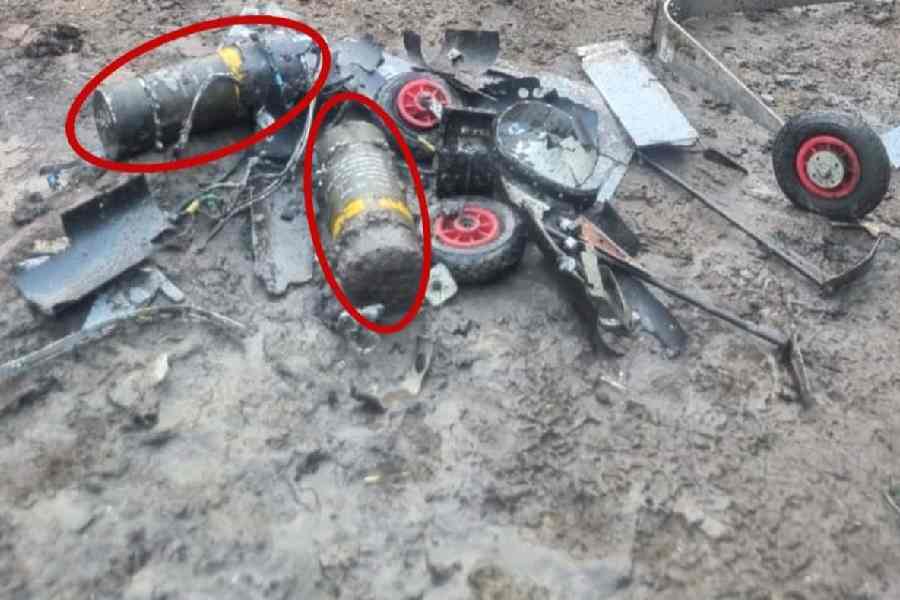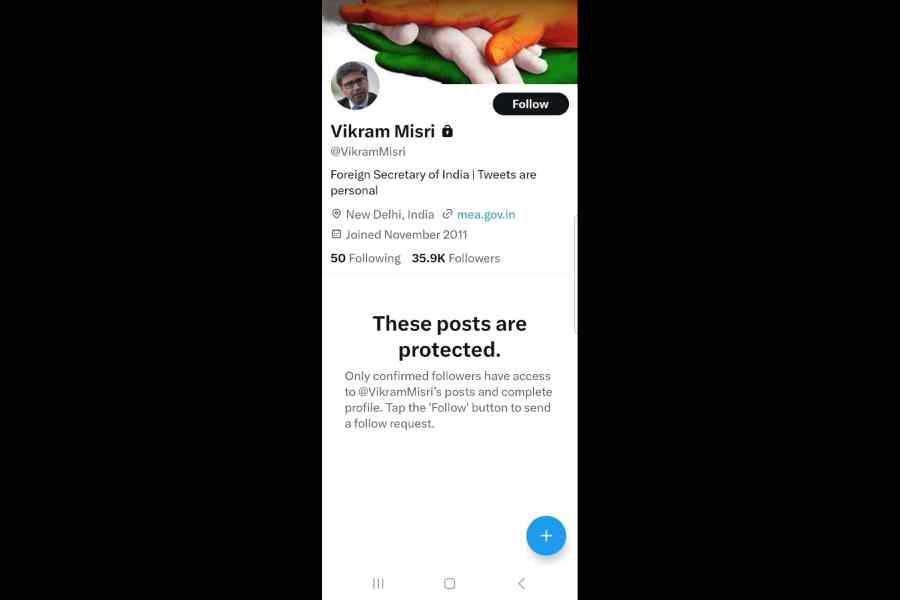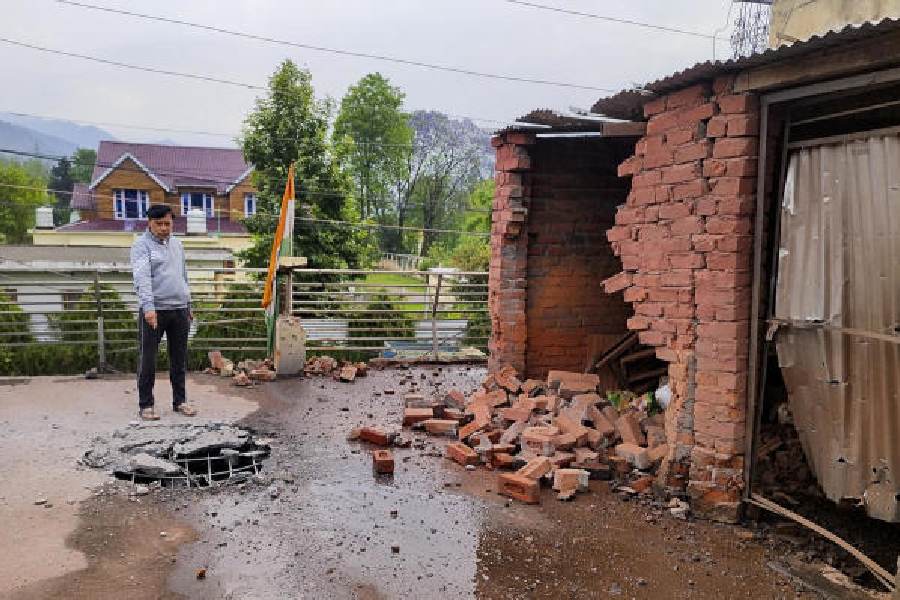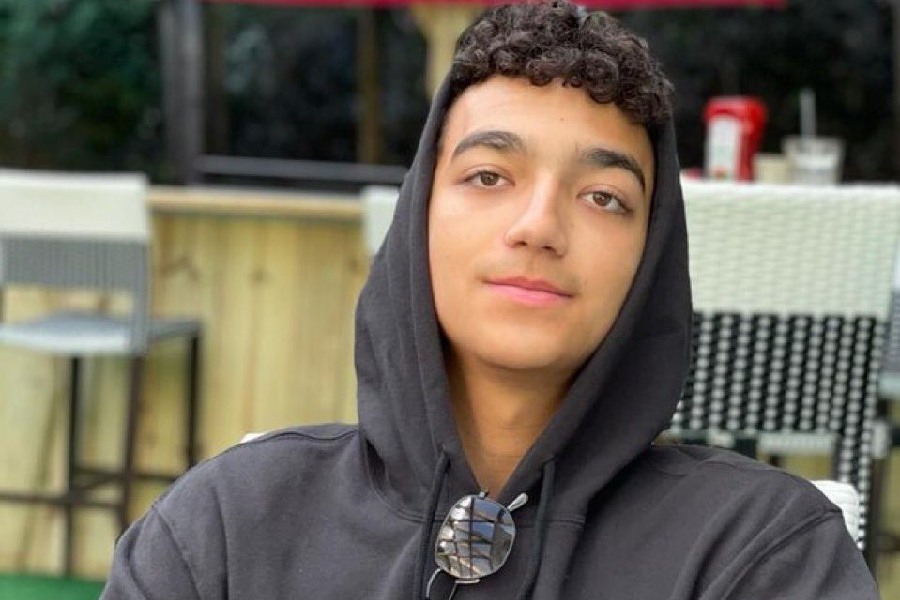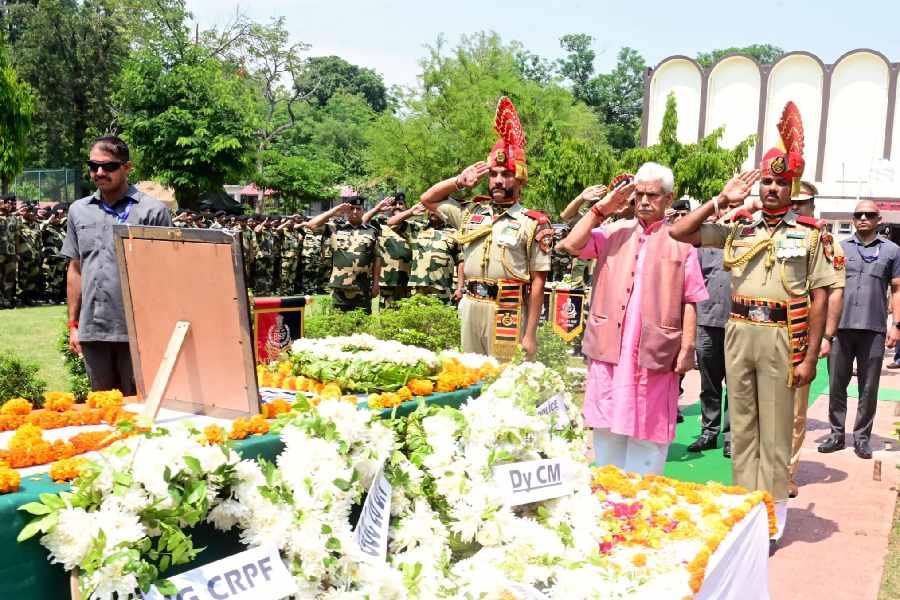

Patna: Sharwari Ajay Poharkar, Bachelor of Design student at National Institute of Fashion Technology (NIFT), Patna, who is new to the state capital, went to great lengths to find the Shrikrishna Science Centre so that she could watch the super blue blood moon - the rare celestial event the world witnessed on Wednesday.
She reached the Centre along with her classmate Smriti and was over the moon after catching glimpses of the astronomical show.
Tuesday's lunar eclipse was termed as a "super moon" because the moon was near its perigee and hence it looked larger than an average full moon.
Tuesday's event was also a blue moon. A blue moon happens when two full moons appear in the same calendar month. Such a thing happens only about three to five times in a century. The last blue moon lunar eclipse that was visible from India was on December 30, 1963. The next time this event will occur is in 2037.
Many people were also awestruck at witnessing the blood moon phenomenon - the moon turning red. Though the moon is shadowed by the Earth, sunlight passes through the Earth's atmosphere and falls on the moon's surface, bathing it in a reddish, yellow and orange glow.
"We were so excited for the event that we set out for Science Centre despite being new to the city," said Sharwari. "It took us time to find the Centre and we also had to wait here for watching the eclipse but the wait was worth it. We have only seen in images how the moon appears during such an event but today we also got to see the edge of the moon. The moon turning red was the best part of today's show."
Sharwari and her friend also took selfies with the moon.
"We took our picture along with the image of moon that was seen on the projector," she said.
The rare lunar eclipse event began at 5.25pm in Patna but people were able to see the partial lunar eclipse only from 7.35pm at the Centre.
"People were able to witness the partial eclipse from around 7.35pm," said Amitabh, project co-ordinator at the Shrikrishna Science Centre. "People were not able to witness the event earlier because of the foggy weather conditions and due to the complete lunar eclipse. The moon's light had become low due to the complete eclipse; that's why our telescope could not detect the image of the moon. During partial eclipse at 7.35pm, the edge of the moon become brighter after which the telescope could detect the moon's image. After 7.35pm, people could see the event with their naked eyes also."
Anjali Kumari, a Class IX student of Christ Church High School, was among the visitors at the Centre.
"The blue moon appears once in 150 years. I feel lucky to have watched it today. Now, only my next generations would be able to see it," she giggled.
Children at Kilkari Bihar Bal Bhavan also witnessed the partial lunar eclipse. Delhi-based astronomer Priyanka Gupta helped the children watch the event with her telescope at Kilkari's Saidpur campus. Children made a beeline to catch a glimpse of the eclipse once it was visible.





